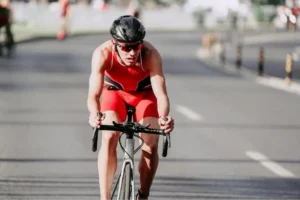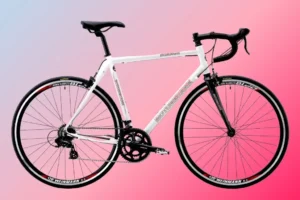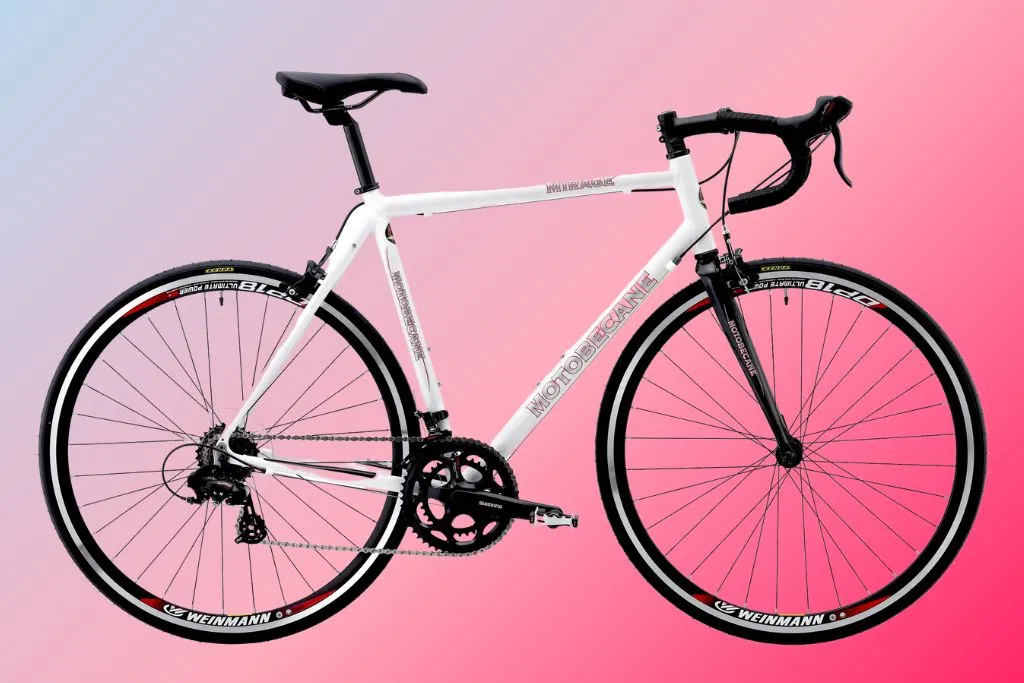How To Avoid Knee Injuries In Sports?
There are many ways to help prevent knee injuries in sports. One way is to make sure the muscles around the knee are strong. This can be done by doing exercises that target these muscles, like squats and lunges. Another way to help protect the knees is to wear appropriate gear, like kneepads or a brace. It’s also important to warm up before playing and to stretch afterward.
Cycling on more roads puts regular cyclists at greater risk of injury. However, are you aware of what really happens to cyclists? We will discuss knee injuries today since the knee is one of the most problematic parts of cycling.
How To Avoid Knee Injuries In Cycling and biking?
There are a few ways that cyclists and bikers can avoid knee injuries while cycling and biking. One way is to make sure the bike is fitted properly, with the seat at the correct height so that the knee is slightly bent when the pedal is at the bottom of its cycle. Another way to avoid injury is to use clipless pedals, which attach the foot to the pedal and help keep it in place, rather than using traditional pedals with cages that can slip.
If my knee is truly damaged, how can I tell?
Situation 1
Pain in the knee area of the inner thigh, not continuous, manifested by a stabbing sensation when changing position after a long period of immobility such as sleeping or going to work.
An inner thigh strain, not a knee injury, is what causes this condition.
Cycling with an outward-facing leg is the most common cause, but incorrect riding posture can also contribute.
These conditions are not usually serious and do not interfere with riding. In order to correct the riding posture, you must reduce the intensity of the exercise and use locking shoes.
You can also read Huffy Hardtail Mountain Bike Review
Condition 2
A foreign body sensation in the knee during exercise, swelling and pain when pressing on the kneecap, and increased pain when shaking the kneecap back and forth.
Physical therapy is required, as well as a period of limited activity.
Did you know that local pain manifestations correspond to different causes?
- Knee pain can be caused by a high seat cushion.
- The inside of the knee can be painful when the seat cushion is too low.
- A heavy gear or high-frequency step can cause knee pain behind the kneecap, putting pressure on the painful point.
- Excessive flexion of the knee is caused by a low seat.
- Swaying the legs side to side while pedaling will wear out the knee joint.
Solutions
1. The seat height
It will cause too much tension in the knee joint if the seat is too high and the pedal is at 6 o’clock and the leg is too straight.
The seat is too short, and the pedal is at 12 o’clock when the knee joint is curved very tightly, causing increased knee joint pressure.
You can also look at Genesis Mountain Bike gs29 review
Knee joint damage can be caused by either of these conditions.
Make sure the seat is at the right height, and keep the leg extension angle at about 170° when the pedal is at the bottom. Utilize the natural drop of your weight to generate force rather than pedaling hard.
2. Pedaling frequency
In riding, especially climbing, some riders have good physical strength, so they can reflect their speed and physical ability, pedal as hard as possible, and do not care about frequency.
I’m not sure if the human knee joint has limited strength, and too much power can be detrimental to the knee joint.
Those who have the good physical strength and have been riding for a long time usually suffer severe knee joint damage.
Utilize a small gear ratio when riding, improve pedaling frequency, do not use a gear ratio that is too heavy, and pedal light and fast. To start, ride with lighter gears and power both legs equally, but not too hard.
3. Cycling frequency
It is natural for any part that has been used for a long time to wear and tear. Human organs are no exception. Every day, we walk on the knee joints.
When we rest or sleep, the knee joint secretes a lubricant-like fluid (synovial fluid), which helps it self-repair, but if the wear is too great, the body’s self-repair system cannot keep up with it.
Cycling should be moderate, to be gradual. As cyclists gain strength, you should not blindly increase the cycling distance, but instead allow the knee joint to rest time, gradually increasing the knee joint’s tolerance and strength.
4.Riding environment
Cycling usually does not require knee protection and usually does not lead to rheumatism, since the knee joint is constantly in motion and naturally generates heat.
Cycling, however, is absolutely debilitating to the knee when it rains. Any knee joint can not withstand rain and wind when cycling because the knee joint is faced directly with the wind and rain.
When riding in the rain, try to minimize the chance of getting wet, and if you must, protect your knees first.
Knee Rehab: The Best Exercise for Y
Whether you are experiencing knee discomfort or not, this exercise is suitable for you. Using this exercise you don’t need to go outside, you don’t need equipment, you don’t harm your knees, and you work the knee! Put your hips against the back of the chair and sit with your back against the chair. Sit with your hands on the chair’s back cushion.
As long as they are thick and tied securely, you can add a bath towel under your thighs, or you can bundle several bath towels and towels together. This cushions your knees.
Your feet should hang down, and your back should be straight. Don’t shake it too hard; just lightly shake it!
In spite of the move’s simplicity, it is very effective at strengthening the knees.
People with old knee injuries or foot pain can use the healthy foot to drive the painful one, and the healthy foot to support the painful one while swaying back and forth naturally, which is equivalent to rehabilitation and can gradually restore the knee to health.
Conclusion: How To Avoid Knee Injuries In Sports?
By following the simple tips listed above, you can greatly reduce your risk of suffering a knee injury while cycling or biking. Remember to always wear protective gear, stay aware of your surroundings, and maintain a healthy diet and exercise routine. And most importantly, have fun!











